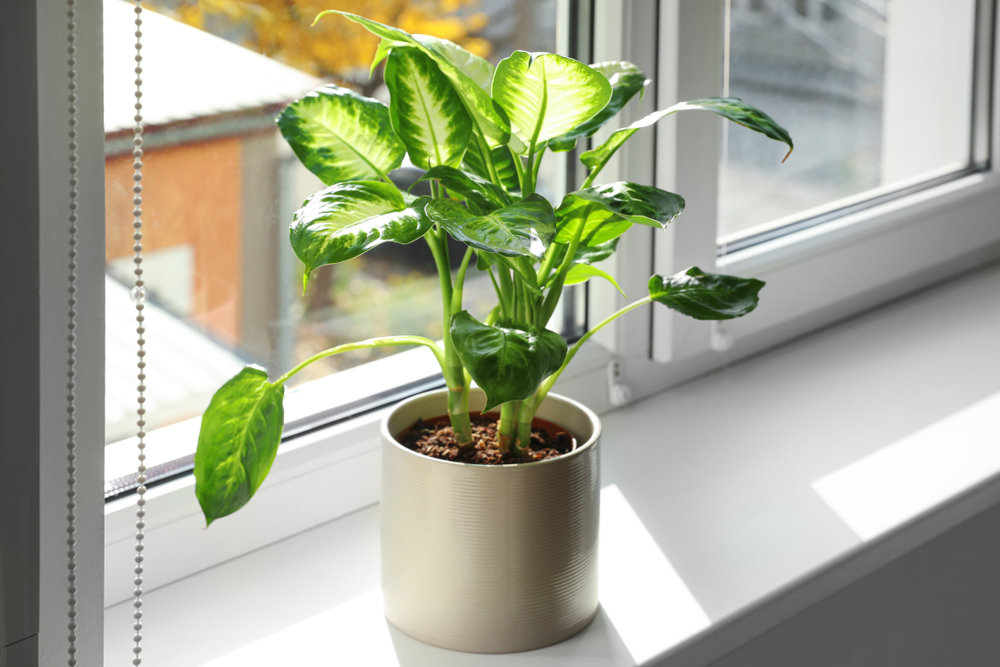In part one of this series, we went over a few top examples of low-light plants that many people utilize within their homes or buildings for various reasons. Plants like the snake plant, ZZ plant and Devil’s Ivy are all strong options that will typically do well inside, and these and other low-light varieties can often thrive with very little care.
At Millcreek Gardens, we’re proud to offer a wide range of plant options at our plant nursery for clients around Salt Lake City, including those looking for quality indoor or low-light plants (or both). Today’s part two of our series will look into some other good examples of low-light indoor plants to consider.

Dieffenbachia
If you’re looking for a tropical-based shrub that evokes vibes of the Amazon jungle, Dieffenbachia is a great option. These plants do well with very little light thanks to their broad leaves that help absorb more energy from whatever light source you have available. Plus, they can grow pretty large and often fill up colorful gaps in any room or building.
These plants grow upright, making them ideal for areas like walls or offices where space is limited. They’ll do best in indirect or artificial light, and like with all low-light plants, make sure you don’t let them sit in a puddle of water as they need to dry out between watering sessions.
Monstera
Another tropical plant that grows very large leaves is the Monstera, which grows leaves up to two feet in width. These plants are great for bringing a lush, exotic aesthetic to any room and they require very little sunlight or care.
They don’t do well with direct sunlight but they can handle low-light conditions just fine. They need to be well-watered – dry soil is not ideal for them. You may also want to consider a houseplant fertilizer, which can help them grow more quickly and flourish.
Parlor Palm Plant
Also known as the Neanthe Bella Palm, this is a palm variety that grows very slowly, eventually reaching around four feet in height. It requires very little maintenance, one of its key benefits, and it’s also a great air purifier that helps keep the atmosphere in your home or building clean.
These plants will do well with very little light, and they’ll need to be watered often to retain moisture. Keep an eye out for yellowing leaves as this could indicate a problem with too much water or perhaps not enough sunlight.
As you can see, there are plenty of low-light plants out there for those who need to brighten their space without having to worry about light and other maintenance. We hope this article has been helpful in providing you with some excellent options that you can explore further!
For even more information on these and other indoor plants, contact Millcreek Gardens today and our experts will be happy to guide you. We look forward to helping you choose the perfect plants for your home or business!


